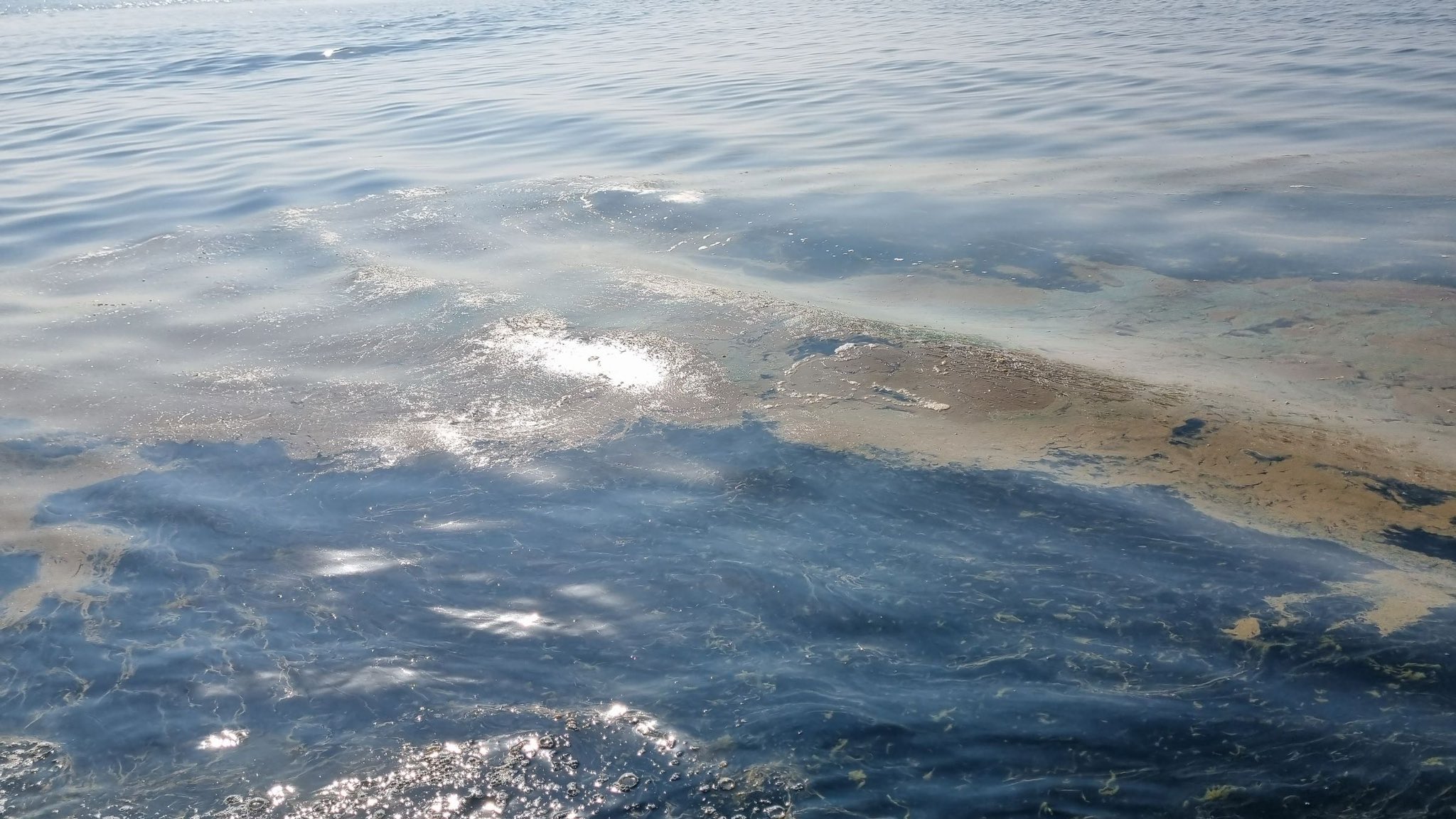A phenomenon popularly known as the “Red Tide” has been identified as the cause behind the recently detected red spot.
An unusual red spot was recently detected in the territorial waters of Qatar, sparking immediate attention from the Ministry of Environment and Climate Change (MECC).
The ministry said it dispatched a specialised team armed with advanced monitoring and sampling equipment to investigate the unusual phenomenon.
It activated its Environmental Monitoring and Inspection Department, particularly the Water Environment Quality Team, to lead the in-depth examination of the spot and the surrounding waters. The aim was to determine the cause of the discolouration and to establish whether it was a consequence of industrial pollution.
What was the red spot?
The investigation revealed that the red spot is an instance of a well-known environmental phenomenon, popularly termed the “Red Tide.”
Red Tide is essentially an algal bloom – an event in which marine or freshwater algae multiply quickly and concentrate into a visible patch on the water’s surface. These blooms are usually triggered by the excessive presence of nutrients (phosphorus and nitrogen), warm temperatures, and calm seas.
Nutrients can come from a variety of sources, such as natural processes like decomposition and weathering of rocks, or human activities like agriculture, urban runoff, and wastewater discharges.
The specific types of plankton and algae involved in these blooms can turn the water a vivid red, hence the name “Red Tide”.
While they are a natural occurrence, there is growing concern that human activities are contributing to an increase in the frequency and duration of these events. Efforts are ongoing to better understand these phenomena and find ways to predict and mitigate their harmful impacts.
However, there was no immediate cause for concern in this particular case.
For now, the ministry said it will maintain a close watch on the Red Tide phenomenon, acting as necessary to protect the country’s marine ecosystem.







